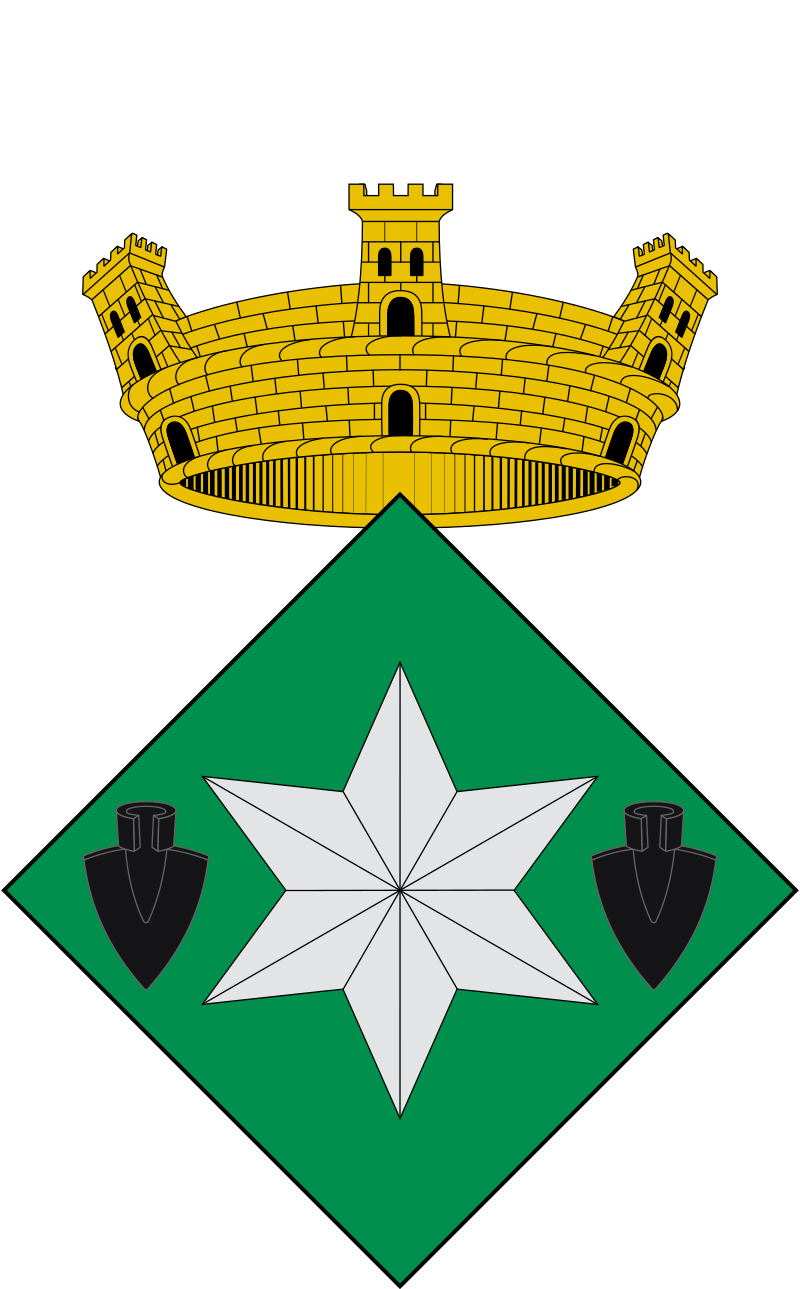Point 2. OCCUPATION IN THE LATE BRONZE – EARLY IRON AGE
Prior to the urban phase ushered in with the creation of the Cerretanian oppidum, the settlement was already occupied over the period stretching from the late bronze age to the early iron age (8th-5th centuries BC). However, very little is known about this phase as a silo, some tanks in the ground, a smelting furnace and the odd domestic oven are all that has been recorded.
The age of these structures can be determined by carbon dating, but also from the pottery typical of the period, like handmade work with decoration in a local style (8th-5th centuries BC) or malhacien style (7th-6th centuries BC).
With all these items it is possible to imagine a settlement made up of clusters of houses made from movable, short-lived materials (branches, earth structures, furniture and other features in wood and so on), similar to those found elsewhere in the area, like Llo or Eina. The settlement would have farming activities that must already have been starting to produce their first surpluses, at least in terms of crops.
Despite the simplicity of these structures, very different from the subsequent Iberian urban phase, some recent finds (like the bronze items found in La Colomina de Bor, of high technical and decorative quality, with parallels in the Balkans and Italy) indicate links between these settlements and other parts of the Iberian peninsula and southern Europe.
Image 1: Remains of a smelting furnace recorded at Castellot.
Image 2: Remains of a hearth located outside the Iberian wall at Castellot.
Images 3 & 4: Detail of some of the household pieces found at Bor.
